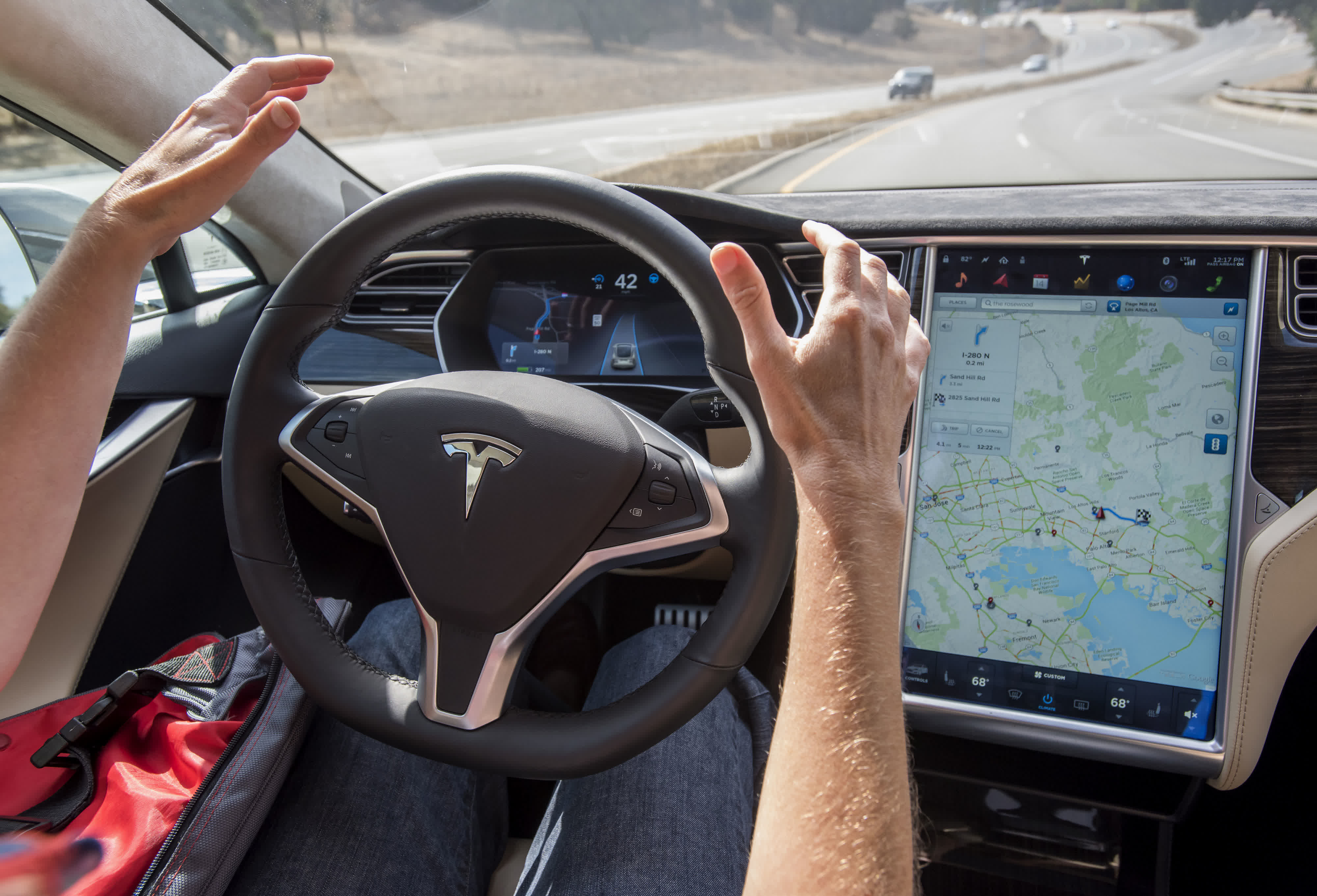What just happened? Tesla has announced it is phasing out ultrasonic sensors from its vehicles as part of the switch to Tesla Vision, its camera-based Autopilot system. The move means the driver-assistance feature will only use camera-based computer vision rather than a mix of radars and cameras.
Tesla writes that the company started transitioning to Tesla Vision by removing radar from the Model 3 and Model Y last year, with the Model S and Model X following in 2022. The EV giant claims that compared to radar-equipped vehicles, Model 3 and Model Y cars with Tesla Vision have either maintained or improved their active safety ratings in the US and Europe. They also perform better in pedestrian automatic emergency braking (AEB) intervention.
Tesla explains that it has now decided to remove the Autopilot ultrasonic sensors, too, starting with new Model 3 and Model Y vehicles sold in North America, Europe, the Middle East, and Taiwan. New Model S and Model X vehicles will lose the ultrasonic sensors next year.
As noted by Elektrek, Tesla originally used eight cameras, a front-facing radar, and several ultrasonic sensors for Autopilot. Following the removal of radar and ultrasonic sensors, the new vehicles will rely solely on camera-based Tesla Vision for their driver-assistance features.
Tesla says that the transition does not affect crash safety ratings. It does note, however, that vehicles not equipped with the sensors will be delivered with some features temporarily limited or inactive: Park Assist, Autopark, Summon, and Smart Summon. These will be restored fully via over-the-air software updates once the camera-based systems perform as well as current vehicles. The removal of radar last year also resulted in some features being limited, including the Autosteer speed of Tesla Vision being restricted to 75 mph, but they've since been restored.
Tesla CEO Elon Musk says the shift to a camera-only system, rather than a mix of LIDAR, radar, and cameras used by other manufacturers' driver-assistance systems, is because roads are designed for humans who navigate using only their vision, so cars should be able to drive using cameras alone.

